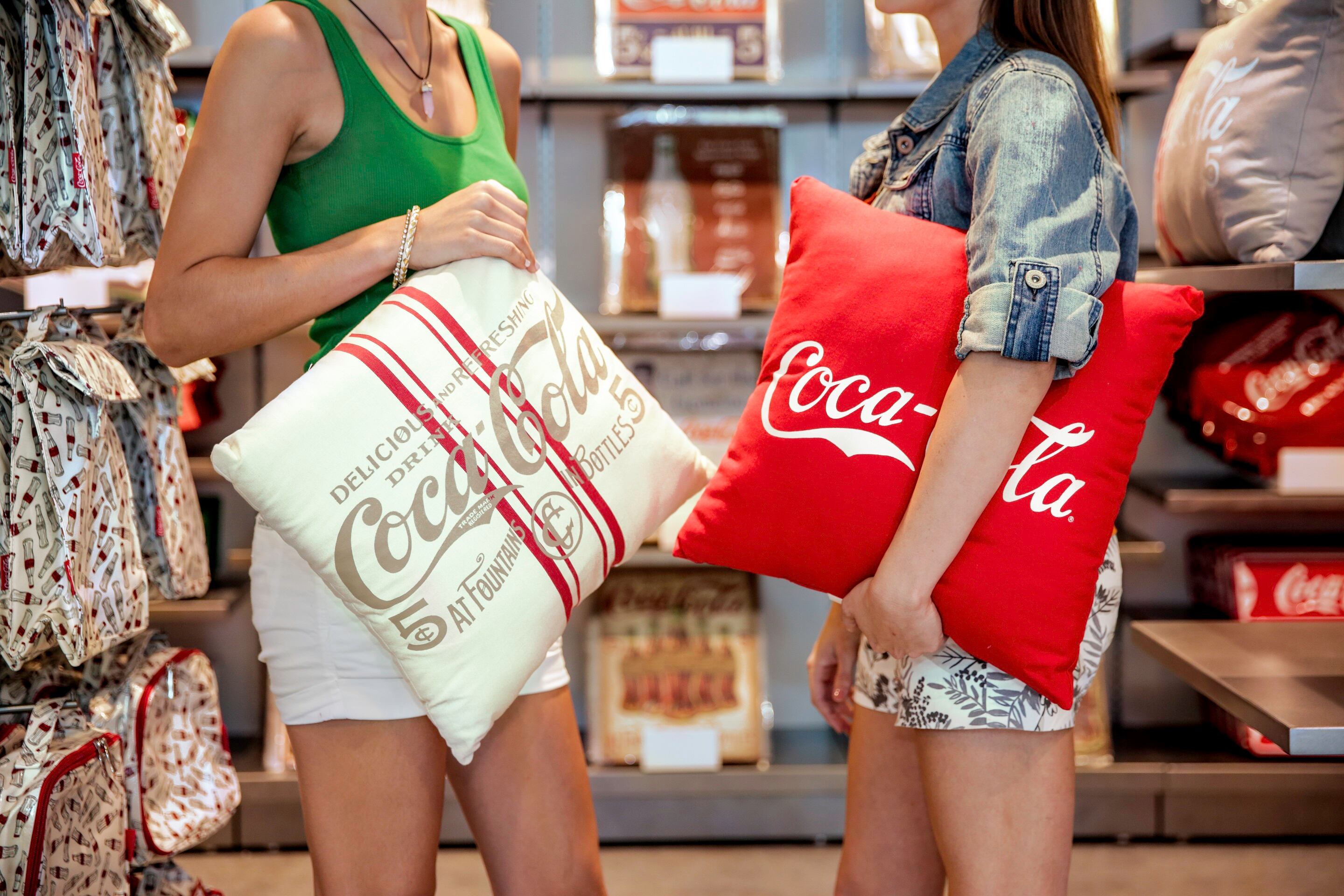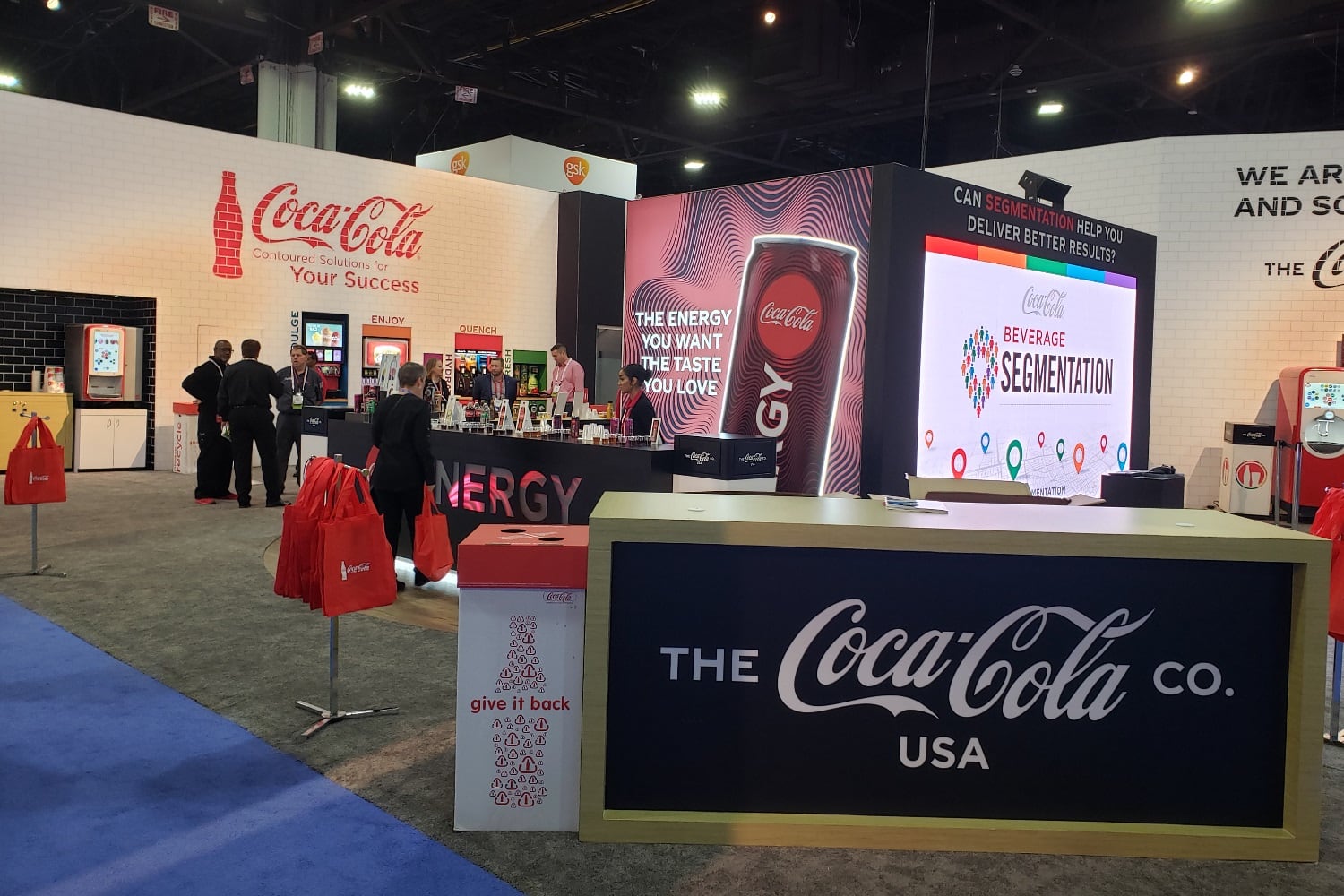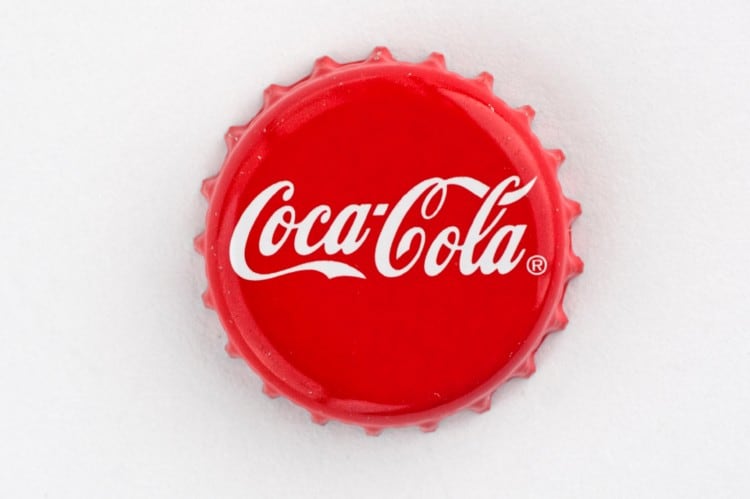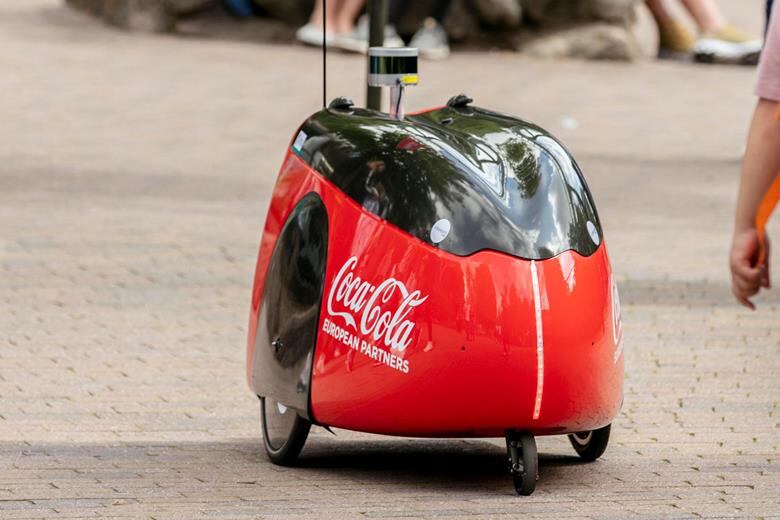Coca-Cola says this is the result of 'consumer-centric innovation' in the brand over the last few years. The largest contributor to retail value growth has been its flagship US market: where innovations such as mini cans have grown at 15% in the year to date.
Coca-Cola Zero Sugar, meanwhile, has also been key in driving growth for trademark Coca-Cola globally, with its double-digit volume growth.
And the portfolio continues to evolve with Coca-Cola Plus Coffee and Coca-Cola Energy – which is adding ‘new relevance to the Coca-Cola trademark’.
“Overall, we're seeing more consumers drink products from our flagship trademark globally,” says James Quincey, chairman and CEO, The Coca-Cola Company.
Reducing sugar
As a long-standing, globally iconic brand, Coca-Cola is perhaps one of the most exposed drinks to the global consumer backlash against sugary drinks. But Quincey says the brand is evolving to meet consumer preferences through a number of ways.
In the US, mini-cans (7.5 fl oz / 221ml compared to standard cans at 12 fl oz / 355ml) are growing in popularity, helping consumer control their sugar intake in smaller portions. Meanwhile, trademark Coca-Cola now houses a variety of no and low sugar varieties: such as Coca-Cola Zero Sugar, Diet Coke and Coca-Cola Life.
“While consumer behaviour is rapidly evolving, we continue to find new ways to connect with consumers through our leader brands,” he said, speaking in the company’s Q3 earnings call. “Our brand and formula has been around for more than 130 years and we continually work from a Coke relevant to recruit new generations of consumers.
“In addition to great marketing campaigns, consumer-centric innovation has been a key factor, especially over the last few years. This includes smaller packaging such as mini-cans, which are growing at a rate of more than 15% year-to-date in the US. It includes lower and no-calorie variants that help consumers moderate their sugar intake.”
Coca-Cola Zero Sugar (Coca-Cola’s sugar-free variety that is designed to taste akin to the full sugar version) has been rolling out its revamped brand globally across the last few years: and has seen 14% volume growth globally in the year-to-date.
Coca-Cola Energy: adding ‘new relevance for the trademark’
Coca-Cola Energy debuted earlier this year in Spain and Hungary and is now available in more than 25 countries. It will roll out to the US in January.
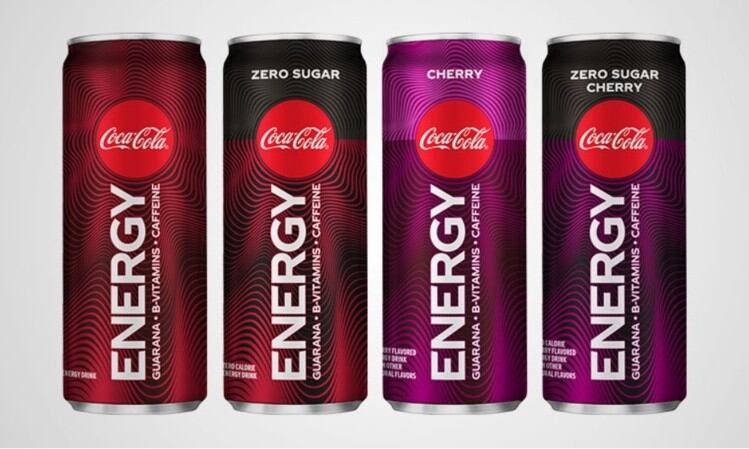
The US launch will effectively be a ‘version 2.0’ of the drink. Coca-Cola Energy will be joined by an exclusive US flavour – Coca-Cola Cherry – both with their zero-calorie counterparts.
Furthermore, Coca-Cola Energy 2.0 will align its taste closer to Coca-Cola Classic.
The full sugar versions contain 140 calorie per 12oz can; with 114mg of caffeine (roughly the same as a cup of drip coffee) and guarana extracts and B vitamins.
Coca-Cola says it will apply what it has already learnt from its previous launches to its US version. It is aware, however, that the US marketplace will be different to others: particularly due to the strength of competing energy products.
“The energy category in the US is much more developed than many of the other markets, and therefore we are clearly taking an approach of trying to bring new consumers into the category rather than competing for current ones,” said Quincey.
“And we believe that based on our experiences in the launch markets and our research in the US that doing so with a formula closer to Coke will be more effective.”
With four SKUs – compared to the two in other markets – Coca-Cola Energy hopes to hit shelves with a bang.
“We're looking for shelf visibility by having the full packages of the four variants and that's kind of part of a learning from Coke Energy.
“But actually that's true in many other categories that you need to have some standout, especially if the shelf has a lot of SKUs in it already. If you go to some of the markets where we launched around the world and the energy category's underdeveloped, one or two SKUs is enough to make an impact. But if you're in a more developed part of the world and there's more competitive offering, then you need a bit more presence and I think that's what's driving.
“And we'll launch in the US and no doubt we'll learn and we'll continue to evolve and focus on driving this as part of driving the Coke trademark and the revitalization of the Coke trademark, which has been very pleasing for all of us.”
The Coca-Cola Company Q3, 2019
• Revenues: Net revenues grew 8% to $9.5bn. Organic revenues (non-GAAP) grew 5%. Revenue growth was driven by price/mix growth of 6%, partially offset by a 2% decline in concentrate sales.
• Margin: Operating margin, which included items impacting comparability, was 26.3% versus 29.8% in the prior year. Comparable operating margin (non-GAAP) was 28.1% versus 30.7% in the prior year. Margins were unfavorably impacted by a 260 basis point headwind from currency and net acquisitions.
• Earnings per share: EPS grew 37% to $0.60. Comparable EPS (non-GAAP) declined 2% to $0.56. Comparable EPS performance included the impact from a 6-point currency headwind.
• Market share: The company continued to gain value share in total nonalcoholic ready-to-drink (NARTD) beverages.

